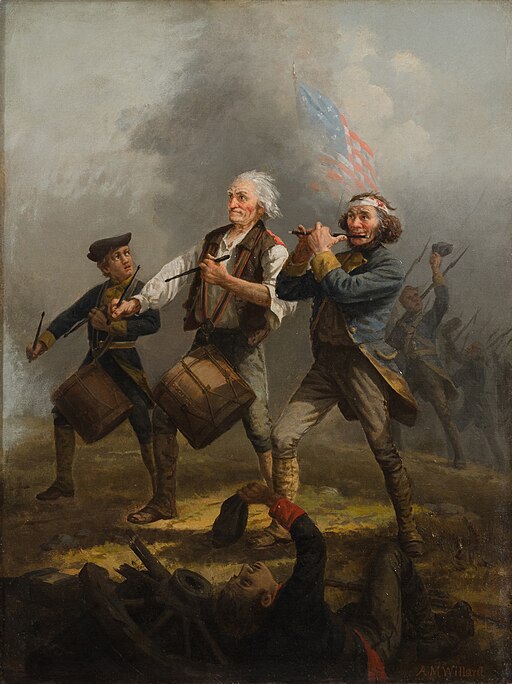Understanding the past relies heavily on the careful examination of historical sources. These sources are catagorized into two types: primary and secondary. Both types offer valuable insights, but they differ significantly in their origin, purpose, and the perspective they provide on events and individuals of the past. Using both is essential for a comprehensive and nuanced understanding of any historical topic.
Primary
Primary sources are original materials from the time period under study, providing direct evidence or firsthand testimony. They haven’t been analyzed by others, offering a raw glipse into the past.
What they include:
• First person accounts like diaries, letters, memoirs, speeches, and interviews.
• Official records, documents, photographs, artifacts, and artworks from the time period.
Example: The Spirit Of 76 painting by Archibald Willard.

Secondary
Secondary sources analyze, interpret, or sythesize primary sources, offering commentary and context. They are generally created after the events themselves by individuals who were not eyewitnesses.
What they include:
• Scholarly books
• Journal articles
• Textbooks
Example: A history textbook summarizing World War 2 draws upon multiple primary sources to prevent an overview.
By evaluating primary and secondary sources, historians can piece together the events, contexts, and diverse perspectives of the past. Primary sources offer direct insights, while secondary sources provide crucial interpretation and analysis, unsuring a more complete understanding of history.